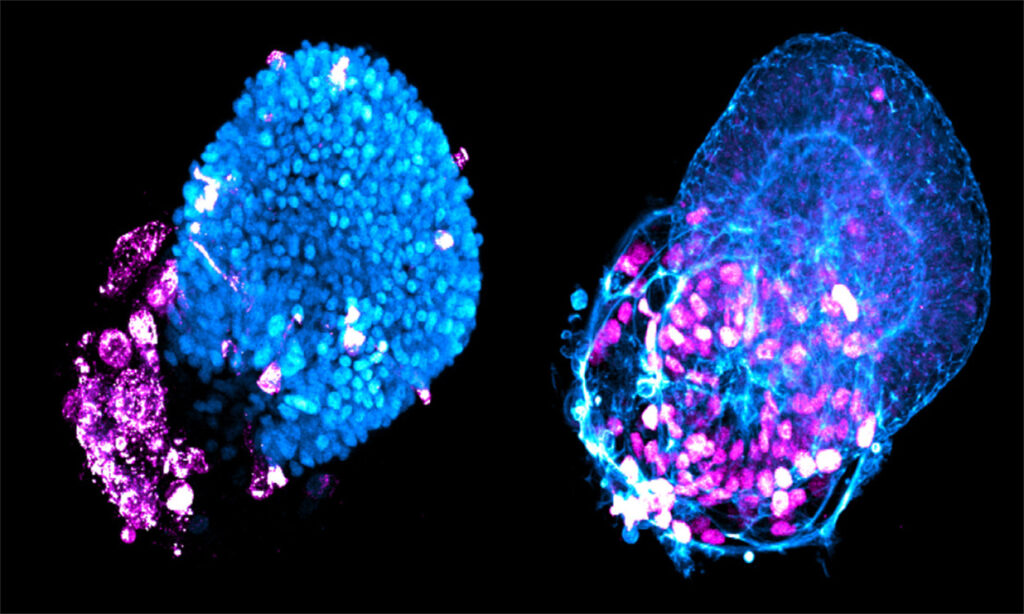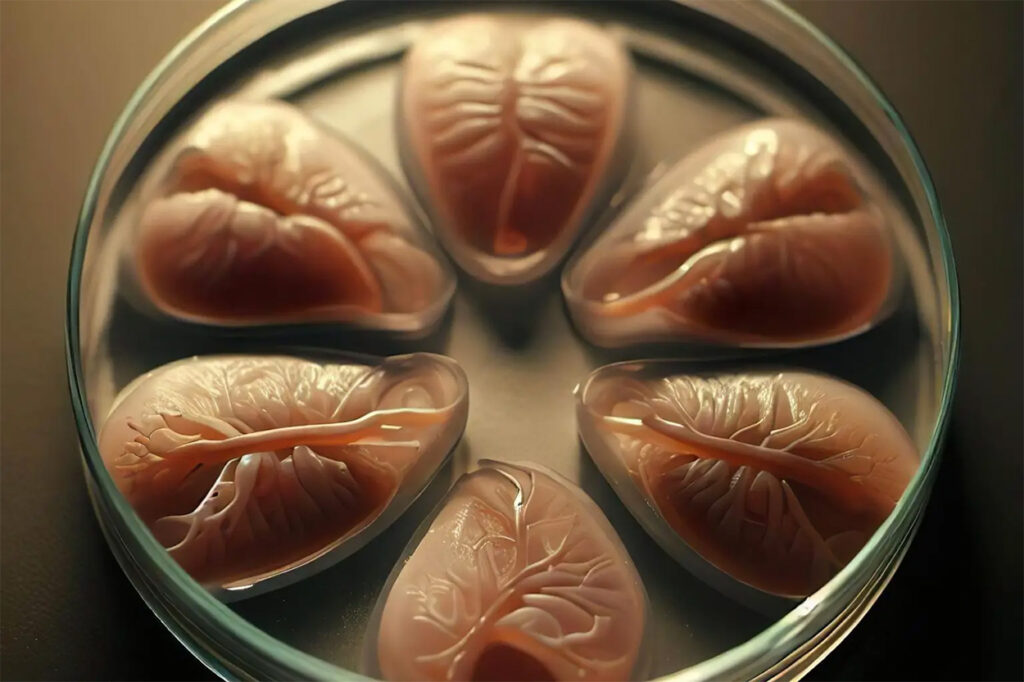Lab-Grown Mini Lungs Can Speed Up Respiratory Disease Research
According to a survey post-Covid lockdown, the pandemic built genuine relationships, better hygiene practices, mainstream remote working, affordable and digitized education, innovative ways to stay connected, and the invention and creation of various software and tech tools.
It also had a positive effect on research and development, particularly the testing and development of vaccines and other medical research. Since the Covid virus affected the respiratory system, scientists are finding new ways to study lung infections caused by other viruses and bacteria, aside from using lab animals.
Cloned human lungs
Scientists at Rockefeller University’s Laboratory of Synthetic Biology have developed a cell culture technology to create cloned mini lungs on microchips from stem cells. Their method enabled them to study various lung infections. The scientists’ technology revealed the vulnerability of alveoli cells to SARS-CoV-2. They learned that blocking a particular signaling pathway minimizes susceptibility to infections. As it is now, their new platform has other potential applications in immediately responding to future pandemics, screening drugs, and studying other diseases.
According to the researchers, their understanding of how infectious diseases affect human lungs right now is similar to how noise sometimes interferes with the ability to focus. The scientists disclosed that since data from patient lung tissues varies from person to person, it can hide the primary processes of how SARS-CoV-2 first infects the cells of the lungs. In previous studies, the researchers said that they usually do after-the-fact analyses.
But using their developed technology of lab-grown miniature lungs, they removed the hindrances affecting the variability of studying genetically identical tissues from the first occurrence of infection. It shows them the pathogen’s route, showing them which cells were infected and when the infection occurred. They can also determine the level of infection, how the infection differs based on the types of cells, at how it changes according to varying conditions.

Objectives of the study
The scientists think their process can track thousands of infections at once, as they will work on human lungs. They envision an immediate understanding of the infections and the drug treatments to fight them.
That is the objective for their new and advanced technology of growing mini human organs on microchips, which is a result of the collaborative efforts of Ali Brivanlou and Charles M. Rice of Rockefeller University. They worked together to refine a cell culture technology platform capable of growing genetically identical lung buds or embryonic structures that eventually result in developing human breathing organs using human embryonic stem cells.
They placed the stem cells on an array of microchips, feeding them with a custom mixture of signaling molecules to help the human embryonic stem cells quickly organize themselves into mini lungs with full tissue complexity like full-sized human lungs. They said they could grow the buds by the thousands, enabling them to analyze lung tissue infection without any hindrances. Since the mini lungs have the same DNA signatures, they do not have to worry about a patient’s response differing from another patient’s.
Developing a better miniature lung
The Laboratory of Synthetic Biology of Ali Brivanlou has explored the potential of embryonic stem cells, which can infinitely divide to produce more stem cells or grow into other tissues.
The collaborators have been working on microchip technology during the Covid pandemic to grow lung buds. The laboratory of Charles Rice has the required biosafety clearance needed to infect the mini lungs with the SARS-CoV-2 and study the results.
In 2021, two scientists from the two laboratories at Rockefeller University started to coax the stem cells to organize into more specialized forms, using a confined space, microchip, and stimuli to start the change. They succeeded in producing two identical buds after two weeks.
Identifying a primary culprit
After producing the lung buds, they used the platform to know how the virus infects different lung cells, and they found out that the alveoli were more susceptible to SARS-CoV-2 infection than the airway cells. The alveoli are the tiny sacs at the end of the lung branches. They manage the gas exchange each time a person breathes.
During their study, the scientists found the right combination of signaling proteins to develop strong lung buds: bone morphogenetic protein 4 (BMP4) and keratinocyte growth factor (KGF).
Beyond Covid investigations
While initially developed to study the effects of the SARS-CoV-2 virus on humans, scientists view the platform as a means to investigate why people get lung cancer, pulmonary diseases, Respiratory syncytial virus (RSV), and influenza. Further, they can use the platform to screen new drugs to treat these diseases and illnesses.
Moreover, stem cells can produce other synthetic tissues and organs to use as models for studying various diseases and drugs. Currently, scientists are looking at developing lab-grown pancreas, kidneys, and liver.
Working on their platform, they can respond to the next pandemic quickly and precisely. They can immediately develop therapies and use the platform to screen for monoclonal antibodies, vaccines, compounds, and drugs directly in human tissues and organs.
